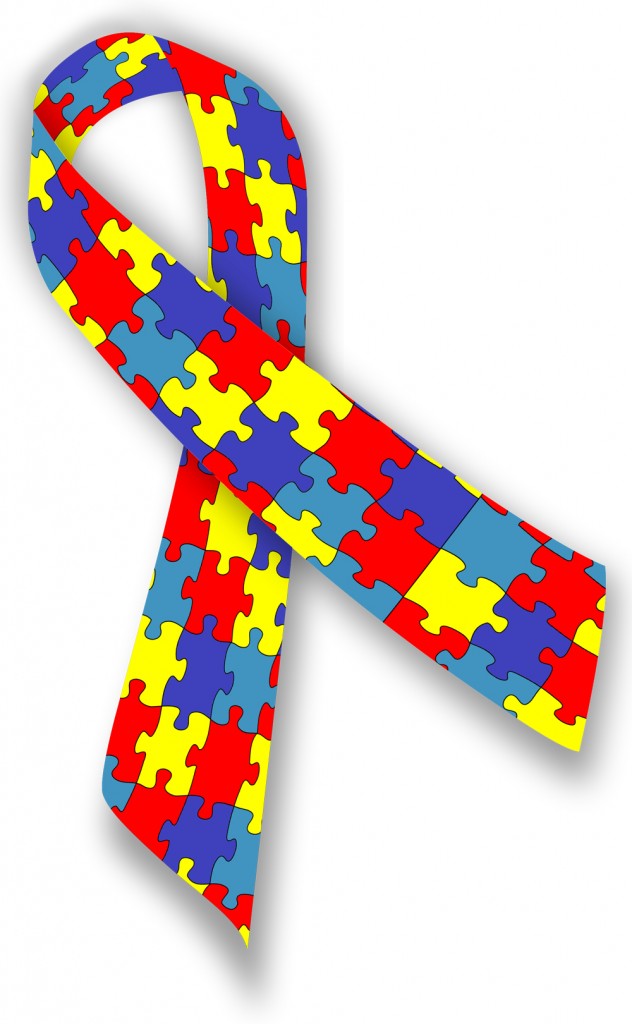Accent Music Therapy Speaks To Those With Autism

Autism is a neural developmental condition. It is commonly characterized by difficulties with communication and social interactions, and at times by restrictions of repetitive behaviours. Autism is also commonly referred as Autism Spectrum Disorder (ASD) as it suggests that developmental challenges of this condition can vary along a continuum from extremely mild to severe.
According to Autism Speaks Canada (March 2012), one in 88 kids has autism, and boys are four times more likely than girls to have autism. It is unknown what causes disease, though some scientists believe the condition is genetic, while others affirm that autism is caused by environmental factors.
Children may develop autism as young as two years old, and the Mayo Clinic suggests that children diagnosed with autism may:
– Have poor eye contact
– Resist cuddling and holding
– Prefer to play alone
– Not speak or have delayed speech
– Perform repetitive movements, such as rocking, spinning or hand-flapping
– Develop specific routines or rituals and becomes disturbed at the slightest change
– Move constantly
– Be fascinated by details of an object
As there are no specific tests to medically diagnose for this condition, trained professionals administer autism-specific behavioral evaluations as an identifying tool. There is no known cure, and treatment to manage the condition is favourable.
Early intervention is recommended, and may help children gain social confidence, improve motor function, communication and social skills.
Music Therapy has been shown to be an effective treatment to address the common challenges of children with Autism. Music therapy experiences provide emotional arousal, anxiety reduction, and initiates social and communicative change.
Clinically, music is more than words. It’s healing. Non-verbal qualities of a musical experience allow a Music Therapist to reach children with Autism in the ‘unreachable’ spaces. Music can be introduced as a social exchange, a communication of an idea, and can create an environment of safe exploration for a child at times lost to the outside world.
Research shows that perceptional elements of music, such as pitch, melody, rhythm, harmony and dynamics, are similar those of speech and language (Lim, 2009; Lim, 2010; Whipple, 2004), and that musical intervention simulates improvements in hyperactivity, impulsivity, and inattention (Lim, 2009), as well as vocalization, verbalization, gestures, and vocabulary comprehension (Whipple, 2004).
AMT’s clinicians encourage clients to sing, move, listen, and play instruments as part of a systemized approach to inspire change in behaviour and function. Click here to learn more.
For more information on Autism, visit Autism Canada Foundation and Autism Society of Canada.
Sources:
Lim, Hayoung Audrey (2009). Use of music to improve speech production in children with autism spectrum disorder: Theoretical orientation. Music Therapy Perspectives , 27 (2), 103 – 114.
Lim, Hayoung Audrey (2010). Developmental speech and language training through music. Journal of Music Therapy, 47 (1), 2 – 26.
Whipple, J. (2004). Music in intervention for children and adolescents with autism: A meta analysis. Journal of Music Therapy, 41, 90-106

